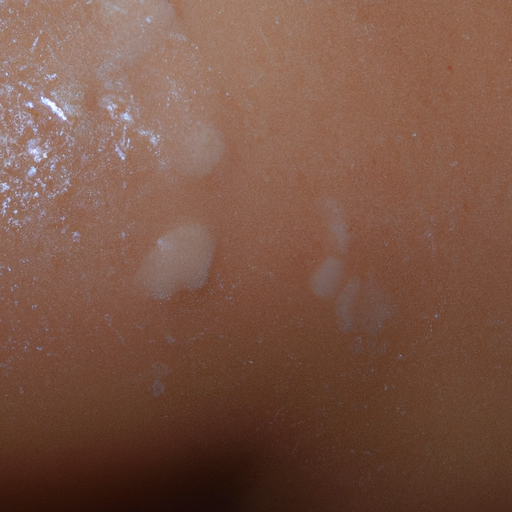As a dermatologist, I often encounter patients struggling with the extremes of skin types: dry and oily. These conditions can be challenging to manage, but with a proper understanding of your skin type and the right remedies, you can achieve a healthy balance.
Dry skin is characterized by a lack of natural oils or sebum, leading to flakiness, itchiness, and a tight feeling, especially after cleansing. On the other hand, oily skin overproduces sebum, resulting in a shiny appearance, enlarged pores, and a higher propensity for acne and blackheads. Both these conditions can be exacerbated by environmental factors, diet, hormonal changes, and incorrect skincare routines.
For dry skin, the primary goal is to replenish the skin’s moisture levels. Start by using a gentle, soap-free cleanser that won’t strip your skin of its natural oils. Follow this with a hydrating toner to balance your skin’s pH levels. The star of your skincare routine should be a rich moisturizer that contains ingredients like hyaluronic acid, ceramides, or glycerin that can lock in moisture and repair the skin’s barrier function.
Exfoliation is also crucial for dry skin types as it helps remove dead skin cells that can prevent moisturizers from penetrating the skin. However, it should be done sparingly – once or twice a week is sufficient. Opt for a gentle chemical exfoliant over harsh physical scrubs to avoid damaging your skin.
For those with oily skin, the aim is to regulate sebum production without drying out the skin. Contrary to popular belief, oily skin needs hydration too. Dehydrated skin can trigger more oil production as a defense mechanism. Use a lightweight, oil-free moisturizer to keep your skin hydrated without adding extra oil.
Cleansing is vital for oily skin types to prevent pore-clogging. Choose a foaming or gel-based cleanser that can effectively remove excess oil and impurities. Incorporate a toner with ingredients like salicylic acid or witch hazel to help control oil production and reduce the appearance of pores.
Exfoliation is equally important for oily skin to prevent the buildup of dead skin cells and sebum that can lead to acne. A beta-hydroxy acid (BHA) based exfoliant is an excellent choice as it can penetrate deep into the pores and break down oil and dead skin cells.
Regardless of your skin type, always remember to protect your skin from the sun. Use a broad-spectrum sunscreen with an SPF of at least 30 every day, even on cloudy days.
In conclusion, managing dry or oily skin requires understanding your skin’s needs and tailoring your skincare routine accordingly. It’s a delicate balancing act, but with patience and consistency, you can achieve healthy, balanced skin. Remember, everyone’s skin is unique, and what works for one person may not work for another. If you’re struggling with persistent skin issues, it’s always best to consult a dermatologist for personalized advice.



